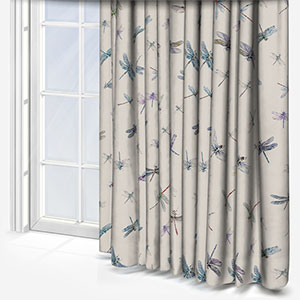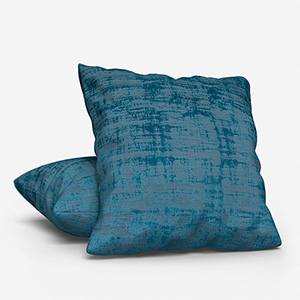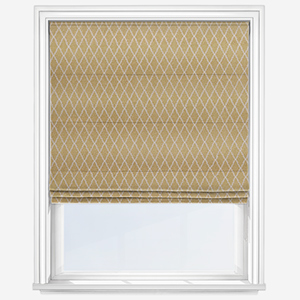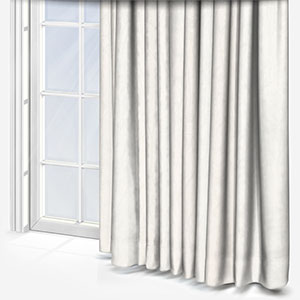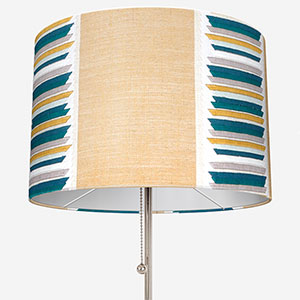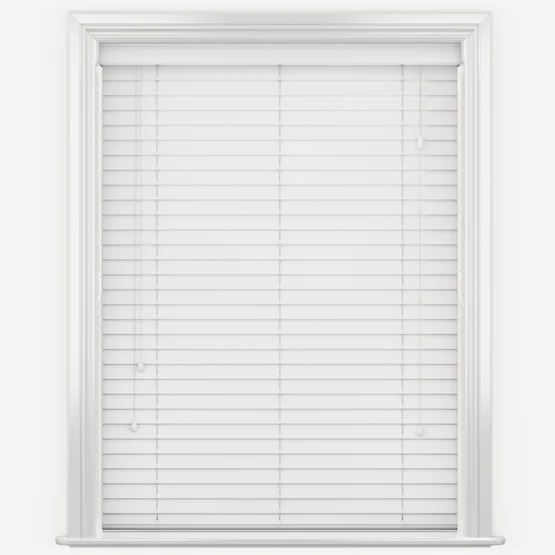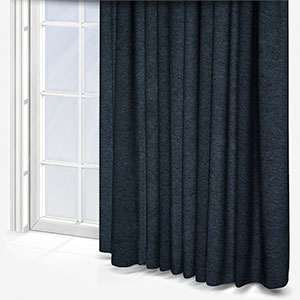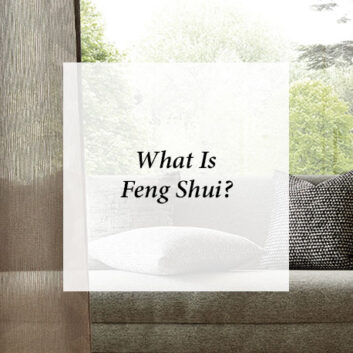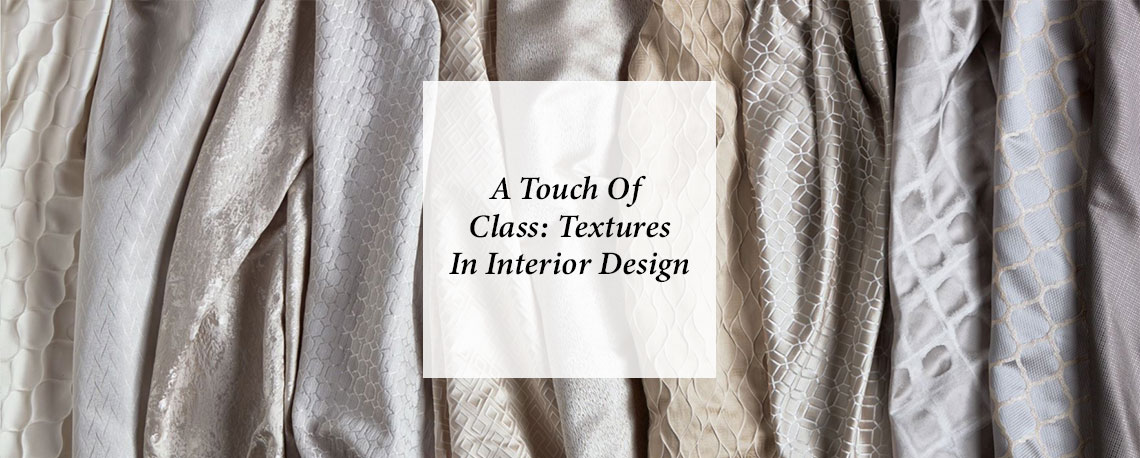
A Touch Of Class: Textures In Interior Design
The word texture is used a lot in interior design, it can be literal and refer to the feel of a particular material, or it can be more metaphorical and describe the overall feel of a space. In today’s blog, we’ll be exploring the tactile world of texture and provide you with some top tips for mastering it in your space!
An overview of textures in interior design
Using texture in your décor is not as simple as a velvet cushion on the sofa and a linen lampshade in the opposite corner. Mastering the use of texture takes far more thought and deliberation. Texture should take you on a smooth journey around the home with pieces working together and blending into a luxurious whole, without feeling sporadic and disjointed.
The feel of texture
One of the best ways to improve the impact texture has on your décor is to think about how individual fabrics and materials feel, and your overall decorative objectives. If you enjoy contrast, distinguishing a rough woollen throw with soft velvet cushions may do the trick, this is particularly effective if your space has a limited colour palette.
If, on the other hand, you’re leaning towards grouping textures together, perhaps soft silk will be a better bed fellow for your velvet furnishings. Below, we’ll cover how to use the feel of fabrics to maximum effect, and also, how to give your space a 3D texture all of its own!
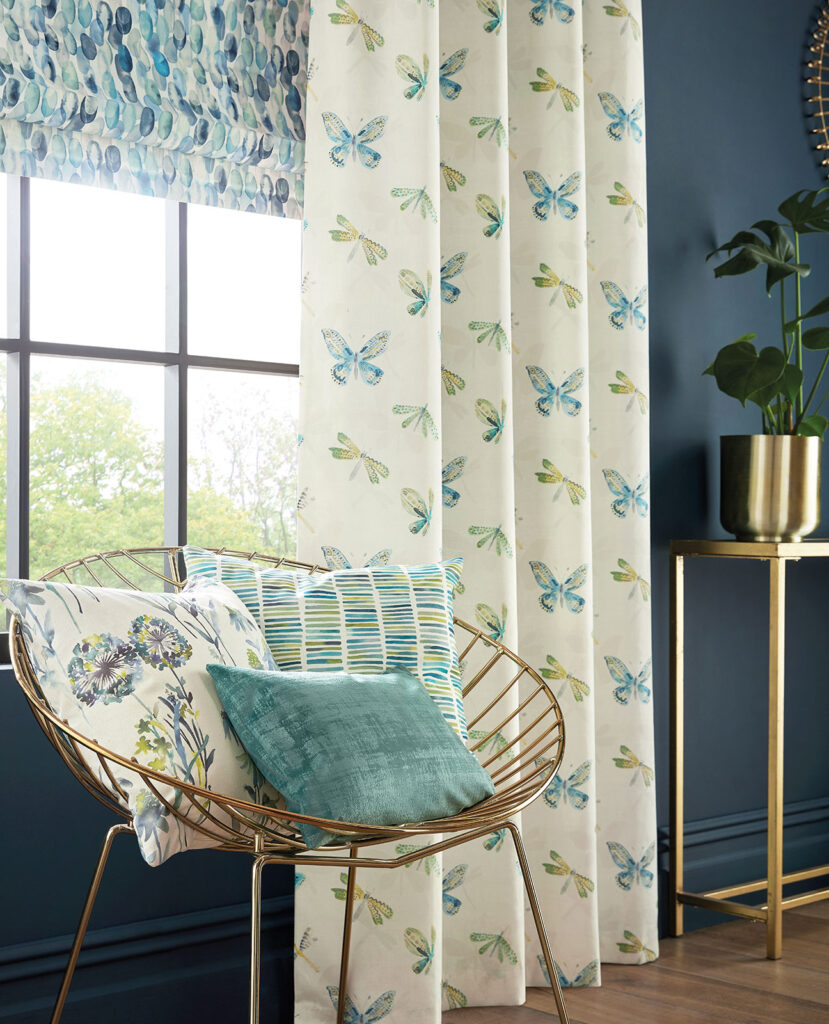
How to add textures to a room
When we think of texture, our immediate thoughts turn to sofas, chairs, throws and other larger pieces we fill the room with, however, it is important to remember the walls, windows, and ceiling.
Windows
Let’s start with windows. One of the best ways to boost your use of texture is to consider the feel of your blinds or curtains. There is an excellent selection of soft window furnishings including Roman blinds, roller blinds, pleated blinds and more, each of which can bring texture to your window. With varying fabrics available from silks to wools, you can really enrich the literal feel of your home.
Natural woods
For a more holistic texturing and focusing more on the appearance of your room as a whole, use of natural woods can help to unify the items in a space.
Wooden furniture and a wooden blind to manage the balance between light and privacy will help a space come together. While you may not feel the texture of the wood on a regular basis, the aesthetic of its grain will make a space feel homely, especially when it’s illuminated by either natural or interior light.
Making the most of light
Light is vitally important for texture. The look of fabrics makes us feel comfortable and helps us to rest so achieving the right levels of light is vital.
Moreover, with many of the more popular soft fabrics, light will help them glitter and shimmer in a way that creates a bit of magic. To make the most of your light throughout the day and into the evening, spend time contemplating lampshades and how they can not only mute the light, but contribute to the textures in the room. Again, there is a wide range of materials available, simply use the easy filter bar on the web page.
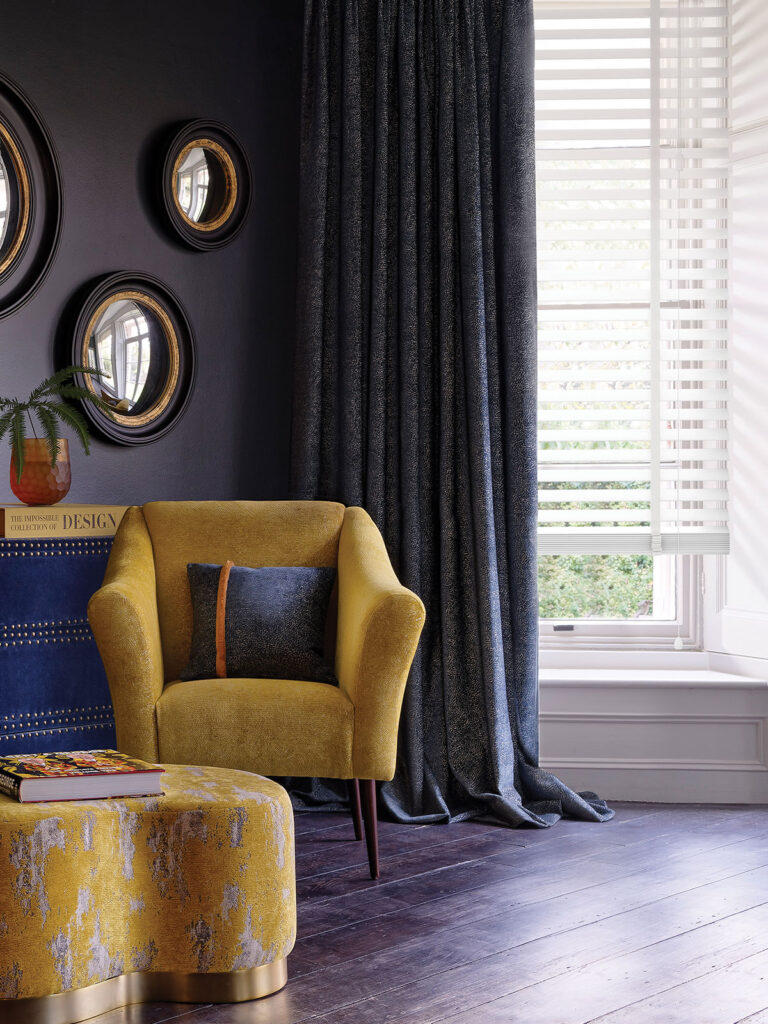
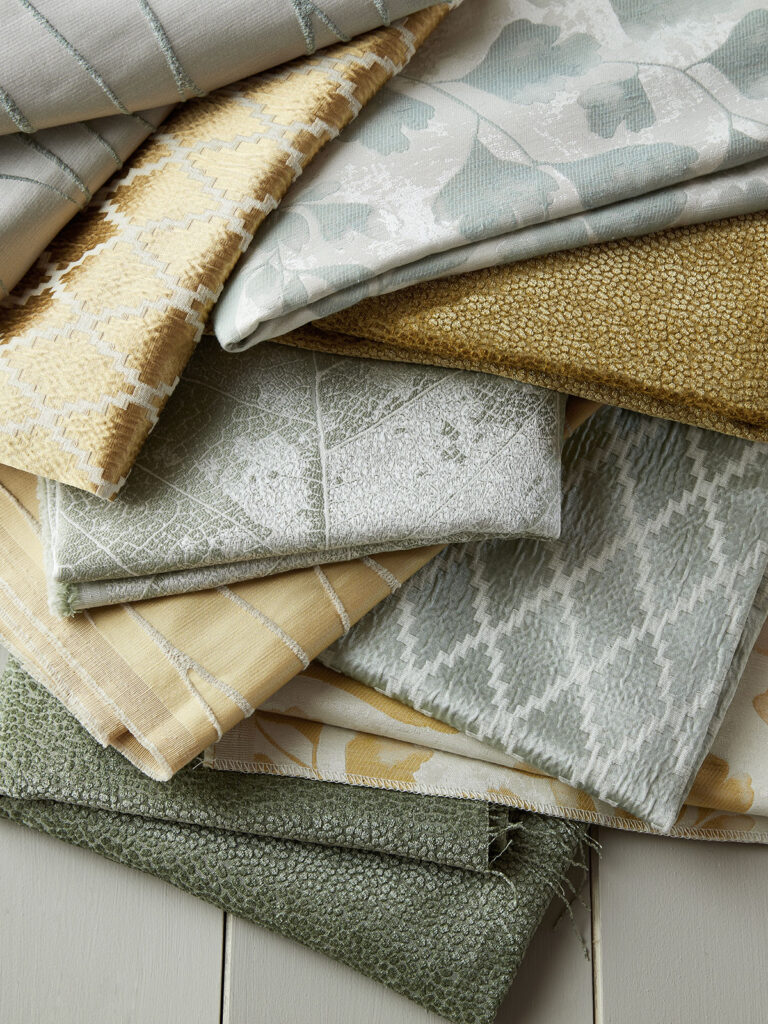
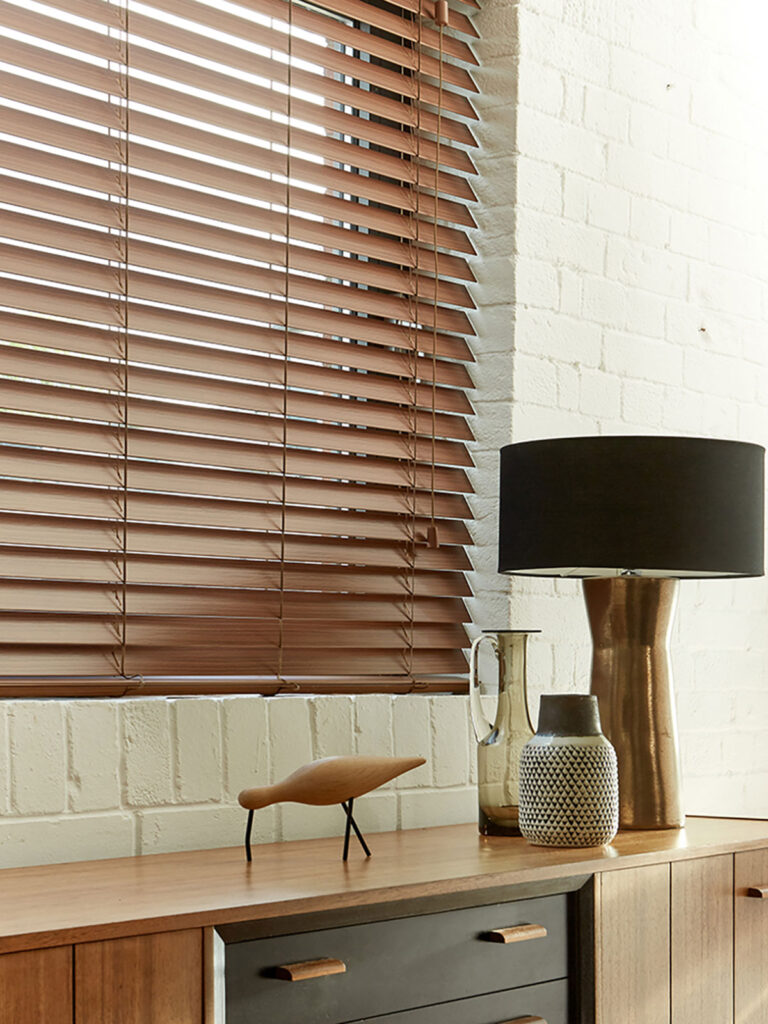
Fabric layering in interior design
Layering is one of the best ways to maximise the effect texture can have on your interior design. If done right, it will create a richness and intensity in your theme, whether you’ve gone for something contemporary or classical.
What are the different types of layering
Throws and cushions
Using different textures layered on the bed, or with throws and cushions on the sofa are excellent starting points however, you can make even bolder statements with your windows. With most windows, you have the option to fit furnishings inside or outside the recess, but there is nothing to stop you doing both!
How to layer your windows
One of the best layering effects is to have a light, airy fabric within the window recess – for example a roller or pleated blind – with a heavy, luxurious curtain suspended outside of it. This contrast, especially when there is a light, translucent blind flanked by weighty blackout curtains, will add stylish depth to your décor.
Moreover, it will add practical benefits too! When it’s light outside and you want to filter it, the blind is on hand to accomplish that task. When the night comes, you can draw your curtain to enjoy total darkness and relax.
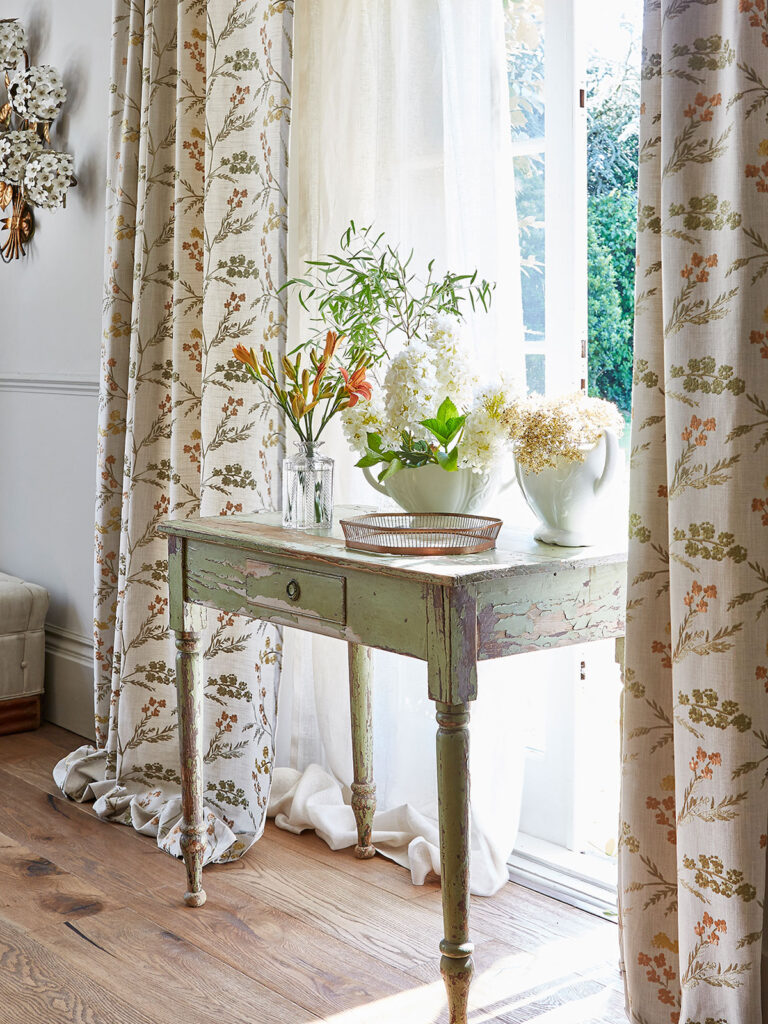
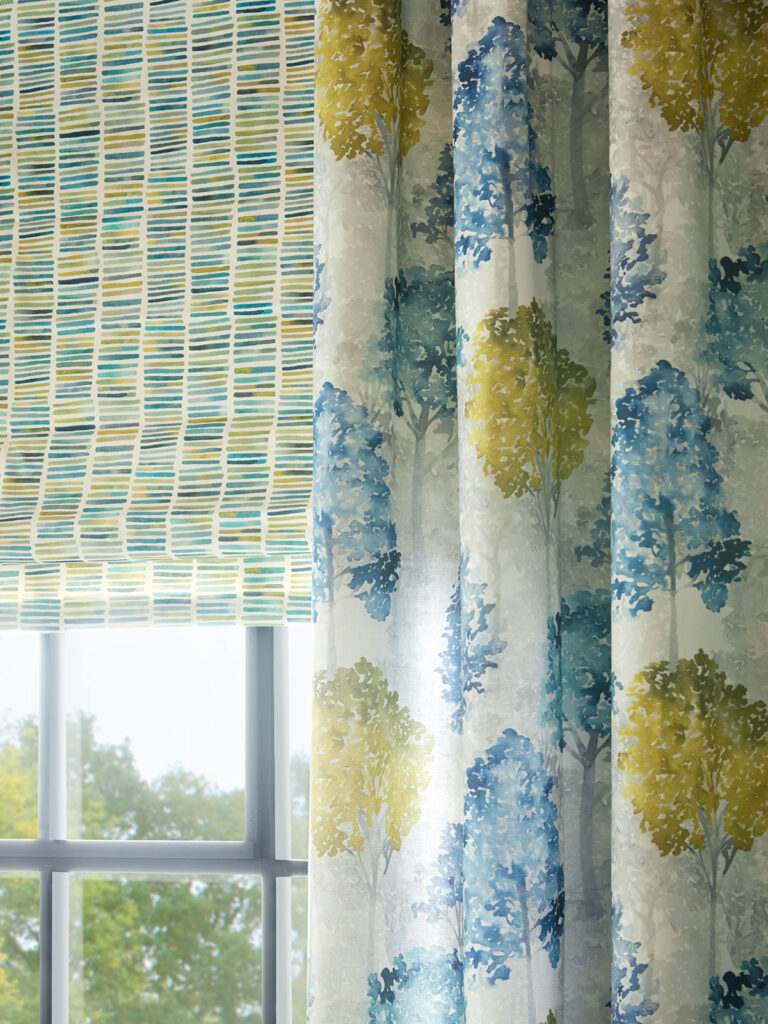
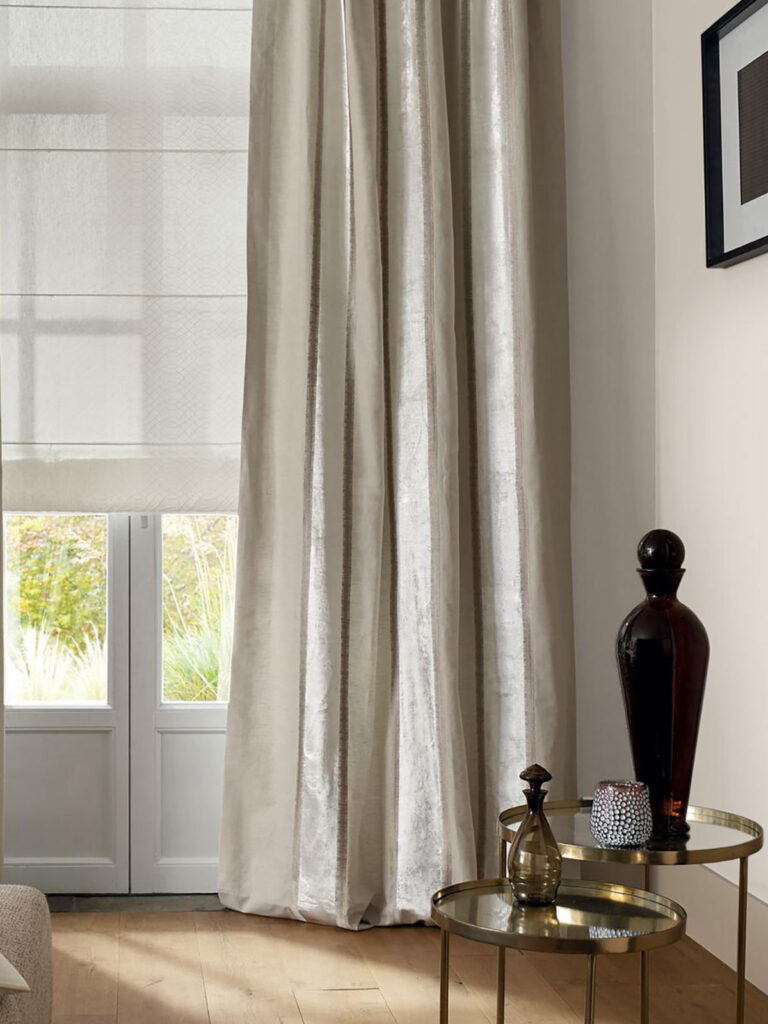
To ensure you find the perfect texture for your space, you can order up to eight free samples before you purchase! Why not order yours today and explore the wide range of options available to you?
Shop some of our favourite textures for interior design:

